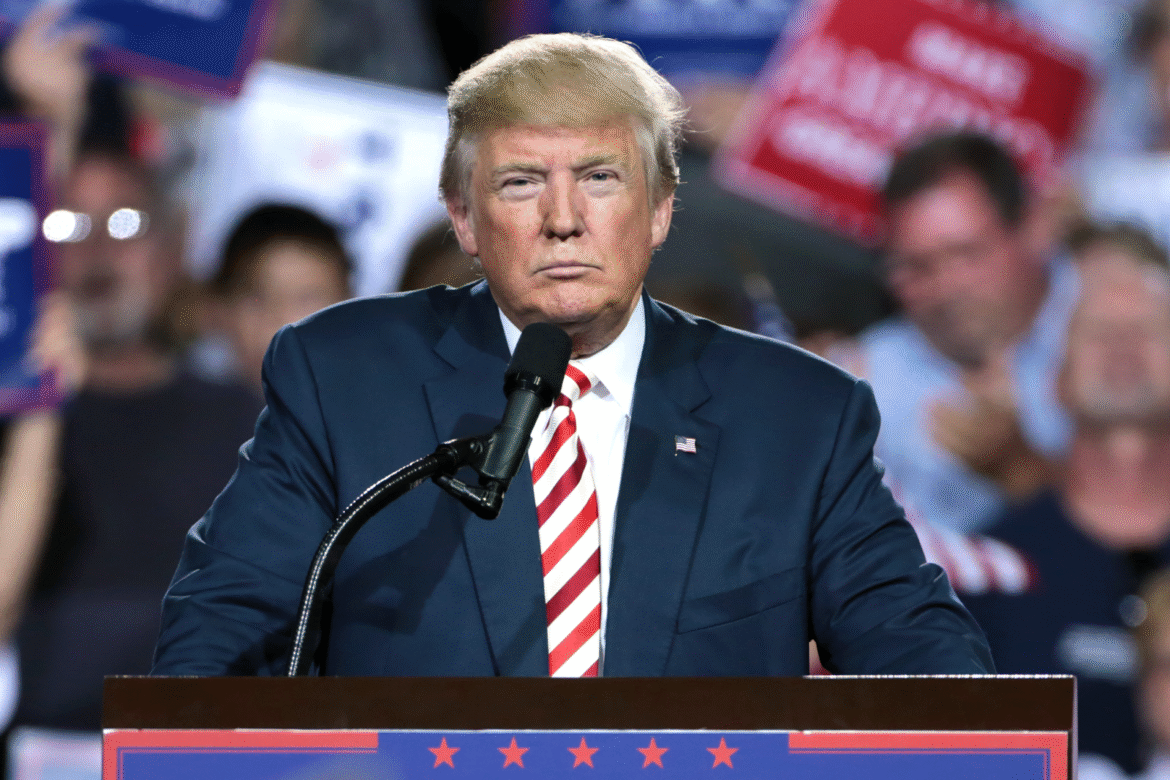A new chapter in international trade has opened with President Donald Trump’s announcement of a 25% reciprocal tariff on Indian goods, effective from August 1. The decision is accompanied by a penalty on Russian purchases, though the specifics of that penalty have not been disclosed. Trump justified the tariffs on India by citing what he called “among the highest” tariffs and “strenuous and obnoxious non-monetary Trade Barriers” in the world. He stated that these barriers have prevented the US from doing significant business with India, and the new tariffs are a way to rectify this imbalance.
In a post on Truth Social, Trump linked the new tariffs directly to his broader economic vision, stating that tariffs were “making America great and rich again.” He claimed that for decades, tariffs had been used against the US, but that the country had now successfully countered this “onslaught.” Trump’s post celebrated what he saw as a complete reversal of fortune, declaring that the US was now the “hottest” country in the world. This public commentary frames the tariffs as a triumph of his economic philosophy, rather than a point of international contention.
The Indian government has responded with a cautious and diplomatic statement from the Ministry of Commerce and Industry. The ministry stated that it is “studying its implications” and that it remains committed to the goal of a “fair, balanced, and mutually beneficial bilateral trade agreement” with the US. This measured response suggests that India is prioritizing a diplomatic solution over an immediate escalation of the trade dispute.
The statement also emphasized the government’s commitment to “protecting and promoting the welfare of our farmers, entrepreneurs, and MSMEs,” indicating that India’s national interests will be the guiding principle in its response. The coming days will be critical as both nations assess the impact of these new tariffs and decide on their next steps. The situation presents a significant test for the US-India relationship, which has been growing in recent years but is now facing a major economic challenge.

